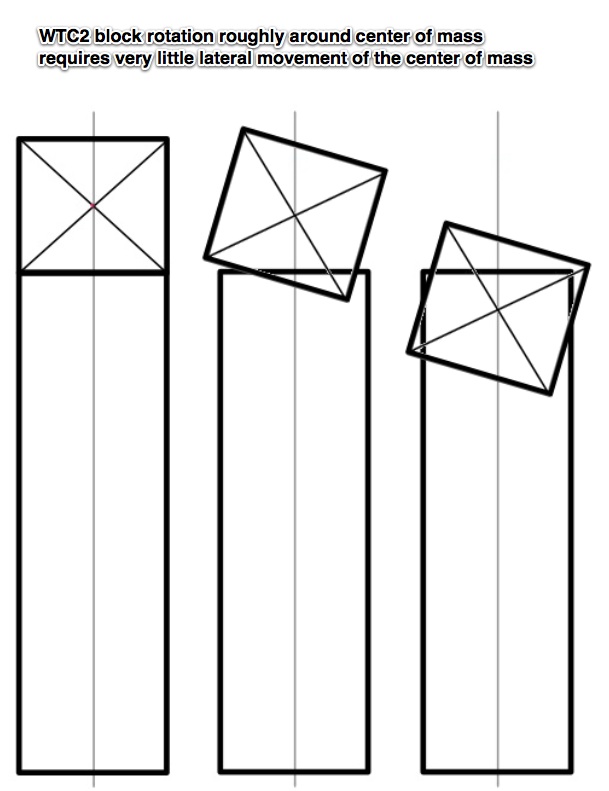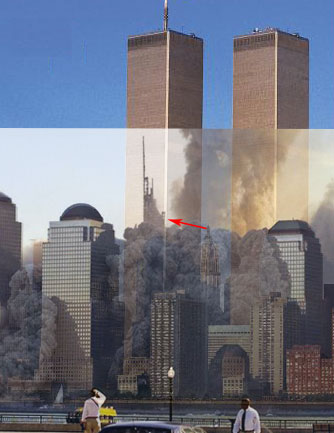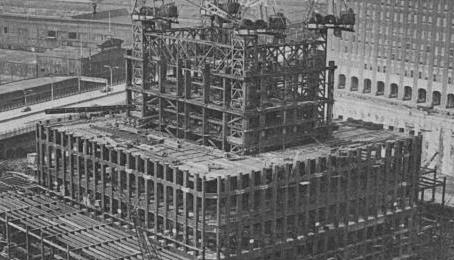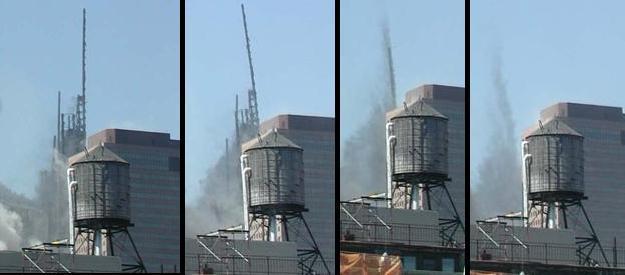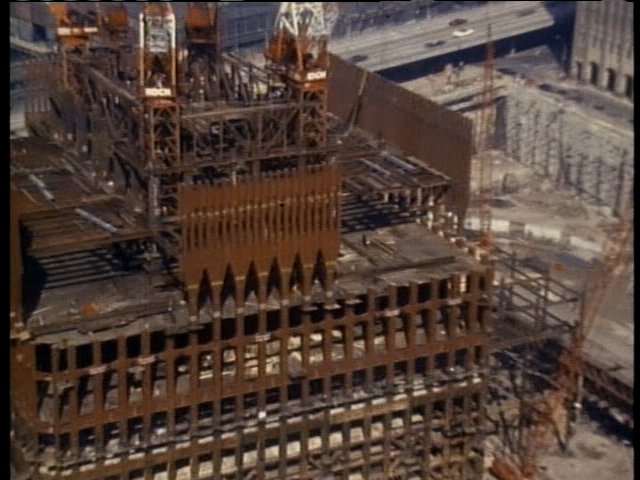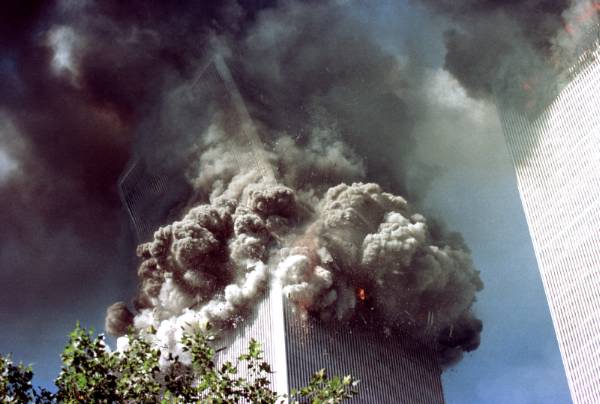the transfer of energy to the columns would happen in succession since we all can agree it wouldn't happen instantly to all columns for no reason, I cant remember the number of columns I but it was a huge amount of core columns, even if the columns buckled this would have happened in a way we could see, we have video of these collapsed buildings severely slowed down and you still cant tell, you guys again are proving how it could happen but giving no reason why It would happen this way, the videos and the evidence do explain how the collapse COULD happen, just not how it made sense that it happened this way with three separate instances. guys please watch the videos do the research mick and jazzy are clearly dodging and avoiding basic points because of there clear point of view.
as I have said before on these threads jazzy does nothing but dodging actual points by using facts that don't really apply to what the spectacle issue really is. and claiming coincidence means nothing about understanding, sorry I think you are just out of touch with reality. I am questioning both sides, you are just ignoring what the real issue is.

